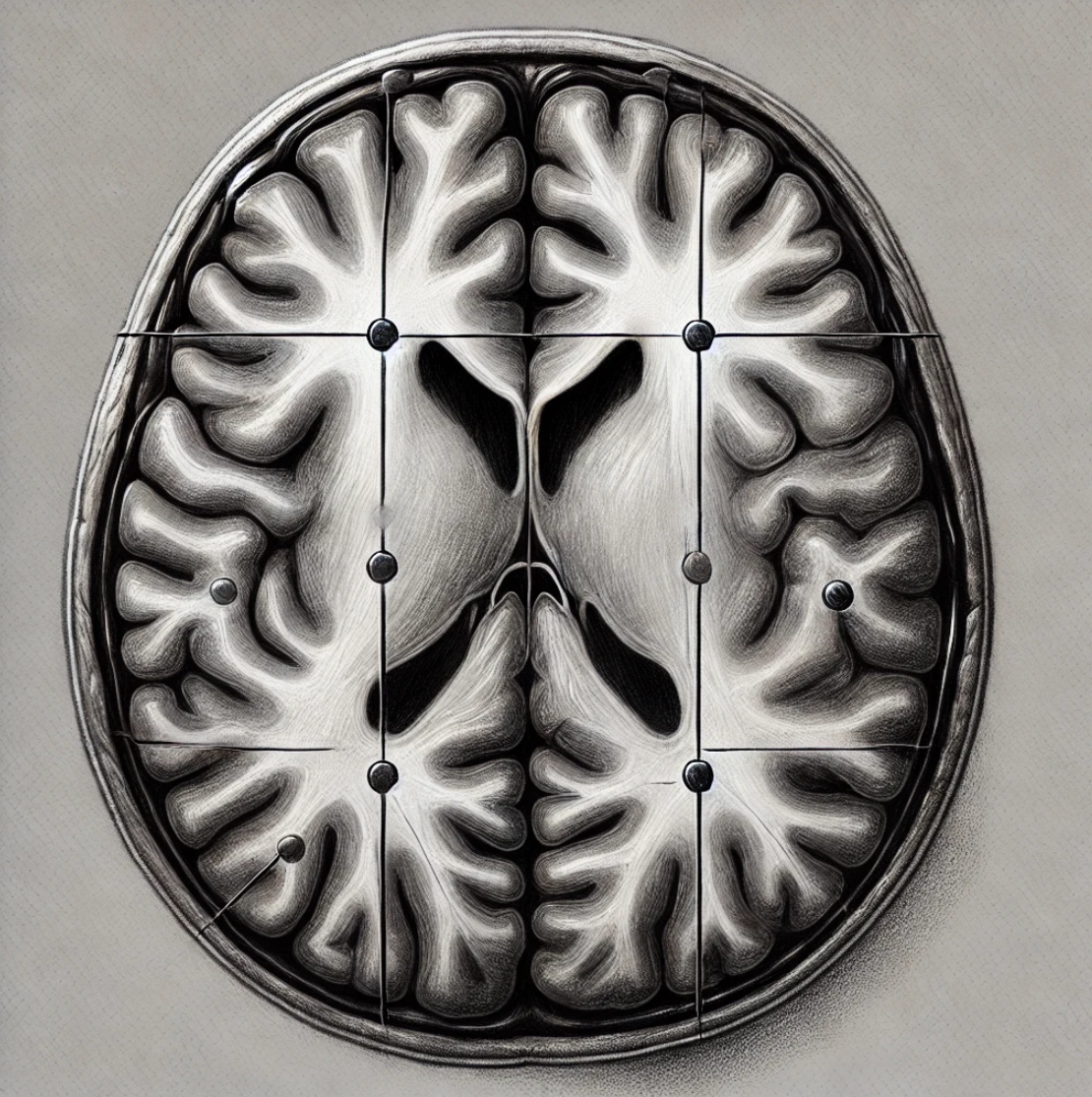Intracranial EEG (iEEG) is a technique used to record brain activity directly from the surface of the brain or deep within brain structures. Unlike regular EEG, which places electrodes on the scalp, iEEG requires surgery to implant electrodes inside the skull. This method is typically used in epileptic patients who are being evaluated for surgery to remove seizure-causing brain tissue. iEEG in Cognitive Neuroscience Since iEEG provides very precise brain recordings with minimal interference from the skull and scalp, it is also used in cognitive neuroscience to study how different brain regions process memory, language, attention, and decision-making.
By directly recording neural activity, scientists can see how the brain works in real-time, with much greater accuracy than non-invasive methods like scalp EEG or fMRI.
